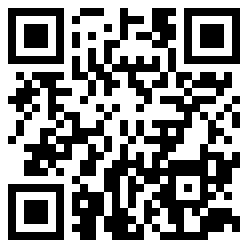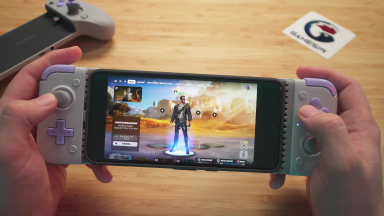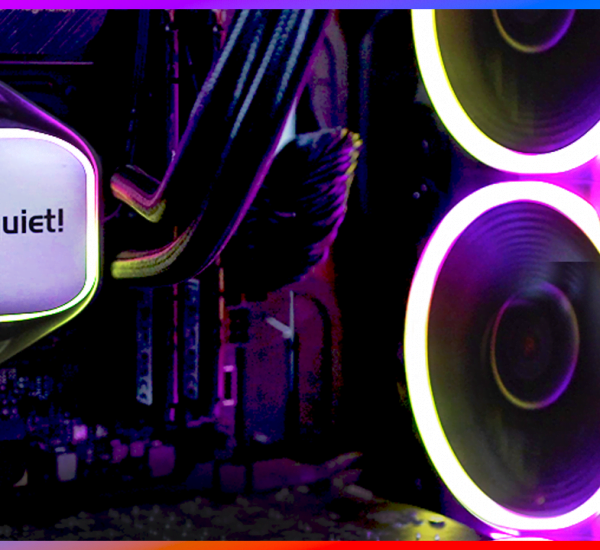Have you noticed that small image of black and white squares that looks like a pixelated picture of something? They’re everywhere now. You see them on products, shipped items, and even on posters and flyers. Some of these come with detailed instructions on how to get information out of it. It promises to give you essential and helpful details about a company, product or topic by pointing your mobile phone or tab’s camera directly on the image and scanning it using a smartphone code reader.
So what are they called? Yes, these have a name and they’re called Quick Response codes or QR codes. As the name suggests, these codes give you a load of information quickly and works just like a bar code. After scanning the code you’ll then have at your fingertips useful information at your disposal.
First Origins

QR codes were first used by Toyota in labelling their auto parts to make the production process easier. These were first used in Japan where it is still widely used for just about anything. As cars had hundreds of parts, it took a long time to track each one. By using QR codes, it became easy to identify the parts and get quick information about the product name and other important details that help in the manufacturing process. After Japan, Europe followed suit and then the US.
For Advertising
Many companies saw the benefits of using QR codes and so instead of using it solely to label auto parts, it branched out and was used for marketing and advertising pursuits. This is why we now see these codes on magazines, billboards and even on TV. By simply scanning the codes using smartphones, the market will then be quickly transported to a company’s website, social media pages and they can even be given a virtual map of the store. Some advertising materials even go as far as giving the public links to review sites and providing links for some freebies like free games.
For Personal Use
QR codes can also be used for home and personal use. As QR codes are now easier to make, more and more people are now using it. Just by getting a labelling software, you can easily create codes for different purposes. You can tag your personal items, like your camera and tab, with these codes so honest people who find it will know where to return it to. You can even put QR codes on books and put in personal information on it like details on where you got the book and the story behind the purchase. Or you can put useful information like a link to the author’s website and other favourite links that will enhance your reading experience.

Since the creation of bar codes and the emergence of QR codes, a lot of businesses have benefitted from these. It has made production, retail, and marketing much easier for different organisations. It has also helped storage, tracking and buying more convenient for many individuals. Just by purchasing a bar code and QR code software and creating these nifty codes you can reap the benefits in all these areas. If you’re planning to make use of these just remember to use them wisely and of course have the labels verified before you hand them out to the public.
QR codes may seem alien to some but with the right use and with the right information stored in it, it can do wonders and greatly benefit the one using it.
[accordion title=”image source” id=”id-here”]Featured images:
 License: Creative Commons image source
License: Creative Commons image source License: Creative Commons image source
License: Creative Commons image source
By Debra Wright
[/accordion] [alert heading=”Author” type=”alert-success” block=”false” close=”false”]Debra Wright is a creative online writer who supplies cyberspace with interesting and informative write-ups about her favourite topics including technology. A wide reader and ardent web surfer, she believes she can do anything as long as she has an Internet connection. Follow Debra on twitter @debrawrites…[/alert]


